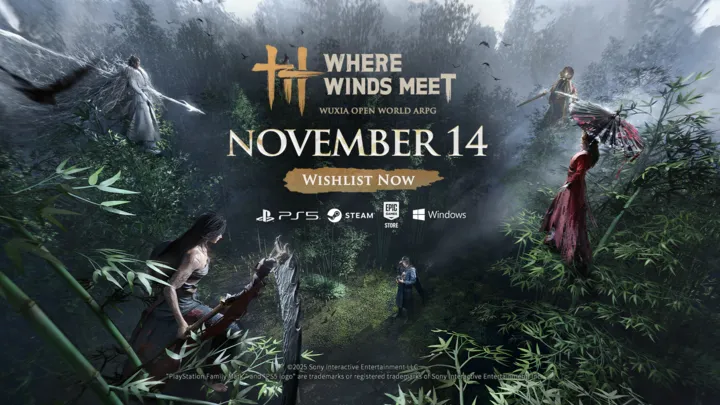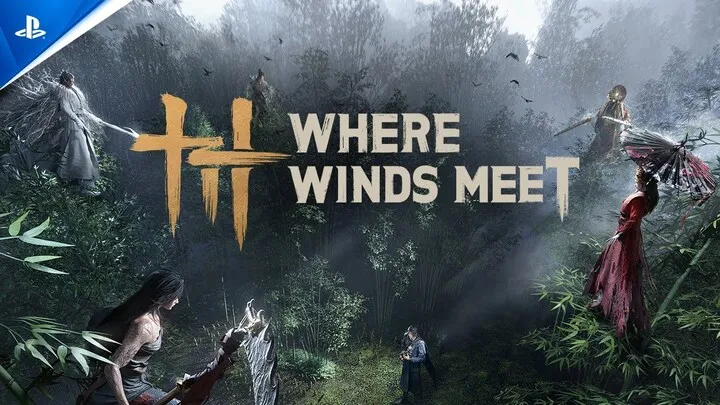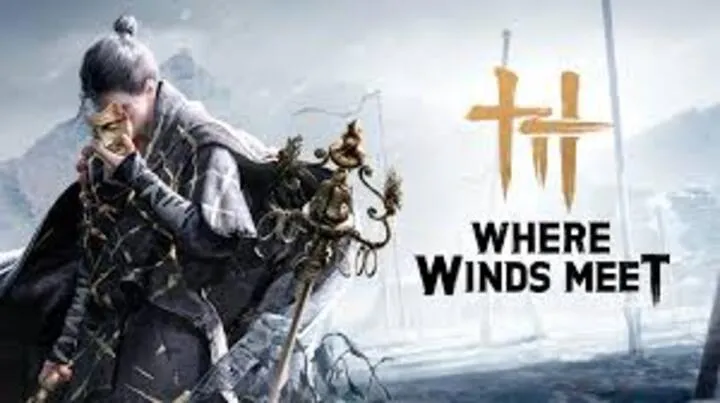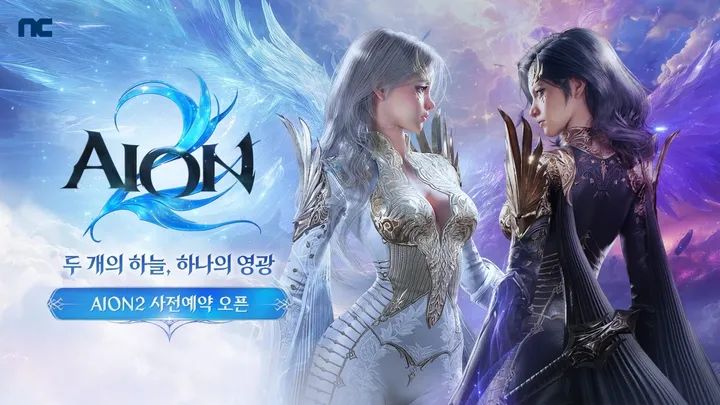Where Winds Meet is not just an open-world Wuxia adventure; it is a story about the human desire for freedom, identity, and the meaning of wandering. Set in the late Ten Kingdoms period, the game uses its sprawling landscapes and boundless movement system to explore deep philosophical themes. Beneath its breathtaking scenery lies an introspective journey that asks: What does it mean to be free? Why do we wander? And what do we find along the way?
The Essence of Wandering

Wandering is the soul of Where Winds Meet. The game encourages players to break away from predetermined paths, replacing rigid quest structures with a world that rewards curiosity. Every mountain peak, bamboo forest, and riverbank feels like an invitation to discover something new—not because the game forces you, but because the world itself feels alive.
This design philosophy mirrors ancient Chinese ideas of “youxia”—the wandering warrior who moves without attachments, guided only by moral intuition. The protagonist is not driven solely by glory or power but by an internal search for belonging and purpose.
Wandering as Self-Discovery

In many RPGs, wandering is merely a gameplay mechanic. In Where Winds Meet, wandering is a narrative pillar. The world reacts to your decisions, shaping your identity through encounters, factions, and moral dilemmas. The freedom to choose who you become reflects the philosophical belief that true identity is not given—it is forged through experience.
Exploration Without Boundaries
The game removes invisible walls and encourages vertical, horizontal, and aerial exploration. Whether you run across treetops, glide through valleys, or swim across vast waters, the message is clear: freedom is a state of motion. To wander is to live.
Freedom as a Way of Life

Freedom in Where Winds Meet goes far beyond movement. It touches every aspect of your character’s growth—combat style, moral choices, professions, and relationships. The developers crafted a world where freedom is not simply granted; it is earned, questioned, and tested.
Moral Freedom and Player Choice
Instead of offering black-and-white morality, the game presents choices rooted in complex human situations. You can be a healer, assassin, diplomat, or wanderer who rejects all formal paths. Each decision shapes not only the world's perception of you but also your understanding of yourself.
The Burden of Freedom
Freedom comes with consequences. Choosing whom to help, whom to fight, or when to intervene leads to ripple effects throughout the world. This mirrors real philosophical views: freedom is meaningful only when paired with responsibility.
The Symbolism of the Wind

The very name Where Winds Meet suggests a meeting place of journeys, destinies, and philosophies. The wind symbolizes movement, unpredictability, and the invisible forces guiding life. Like the wind, the protagonist has no fixed direction but shapes the world through subtle influence.
The Wind as a Metaphor for Choice
Winds shift constantly—just like the player’s path. In one moment, you might be engaged in intense combat; in another, you help villagers rebuild their homes. The freedom to shift paths mirrors the fluid nature of the wind itself.
The World Responds to the Wanderer
Your actions stir the world just as wind moves the leaves of a forest. This dynamic relationship reinforces the philosophical idea that freedom is not isolation but interaction.
Conclusion: The Meaning of True Freedom
Where Winds Meet transforms wandering into a profound journey of self-definition. It invites players to question what it means to live without boundaries, to travel paths shaped by curiosity, and to constantly redefine who they are through choices and experiences.
In this vast world where stories flow like the wind, the philosophy of freedom is not taught—it is lived. The game reminds us that wandering is not aimlessness but a powerful search for meaning, and that true freedom begins when we choose our own direction.

















